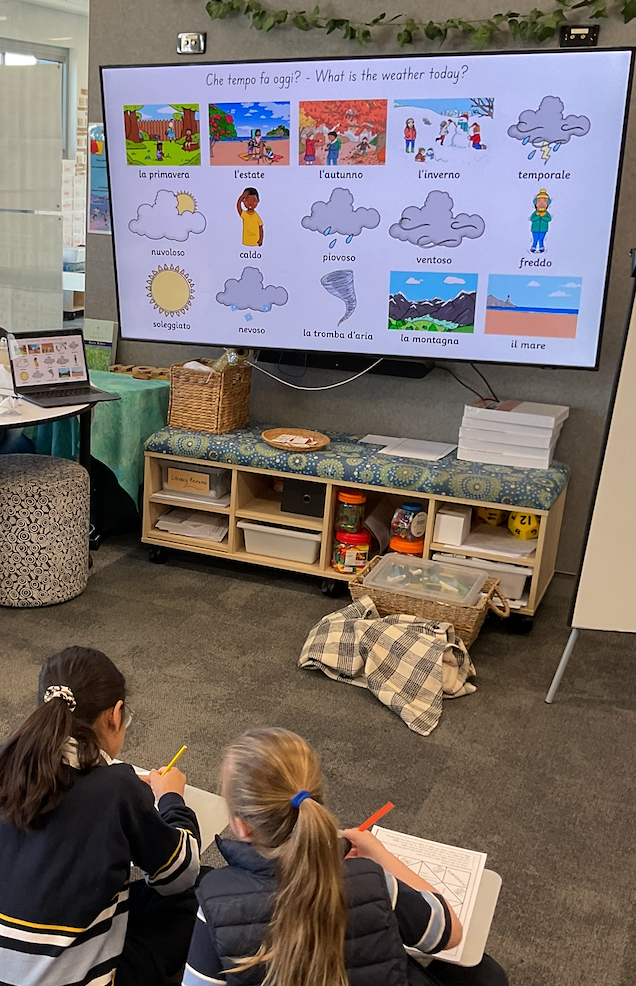Learning and Teaching – Literacy

Writing in Grade 2-6: Writing to persuade
This term, our learners in Grades 2-6 will be exploring writing to persuade.
Persuasive writing is a form of writing where the writer attempts to convince or persuade the audience to adopt a particular point of view or take a specific action through the development of logical arguments and a cohesive summary. It is an important and necessary skill for children to use, and one we use in our every day, more so when orally persuading others.
What is persuasive writing?
Persuasive writing is a form of writing where the writer attempts to convince or persuade the audience to adopt a particular point of view or take a specific action by presenting logical reasoning, supporting evidence, and compelling arguments.
This type of writing encourages students to formulate a clear viewpoint on a particular topic, provide reasons to support their opinion, and convince their audience to adopt their perspective. Persuasive writing is an essential skill that helps students develop critical thinking, effective communication, and the ability to express themselves persuasively.
What is persuasive writing?
Persuasive writing is a form of writing where the writer attempts to convince or persuade the audience to adopt a particular point of view or take a specific action by presenting logical reasoning, supporting evidence, and compelling arguments.
This type of writing encourages students to formulate a clear viewpoint on a particular topic, provide reasons to support their opinion, and convince their audience to adopt their perspective. Persuasive writing is an essential skill that helps students develop critical thinking, effective communication, and the ability to express themselves persuasively.
Why teach persuasive writing?
As children mature as writers, it’s important to give them the opportunity to write using a variety of formats. Persuasive writing helps students formulate specific reasons for their opinions, and provides an opportunity to research facts related to their opinions. As students develop an understanding of how writing can influence or change another’s thoughts or actions, they can begin to understand the persuasive nature of the marketing they are exposed to through television, the Internet, and other media.
How you can support at home
- Collect your junk mail and discuss the purpose of each item with your children.
What are they trying to persuade you to do?
What do they all have in common?
Do they have a Sizzling Start / headline to catch your interest?
- Pick a newspaper article you have read this week. Read the first
paragraph aloud to your children.
What is the author’s point of view?
How do we know? The author won’t necessarily have
stated their point of view overtly (e.g. I think…), advanced writers know how to let readers infer meaning.
- Listen to ads on the radio
What language are they using to try to persuade you to buy their product / service?
Do you think it is effective? Why? Why not?
- Look at billboards / advertising on bus stops
What words / colours / images are they using to try to persuade you to buy their product / service?
































